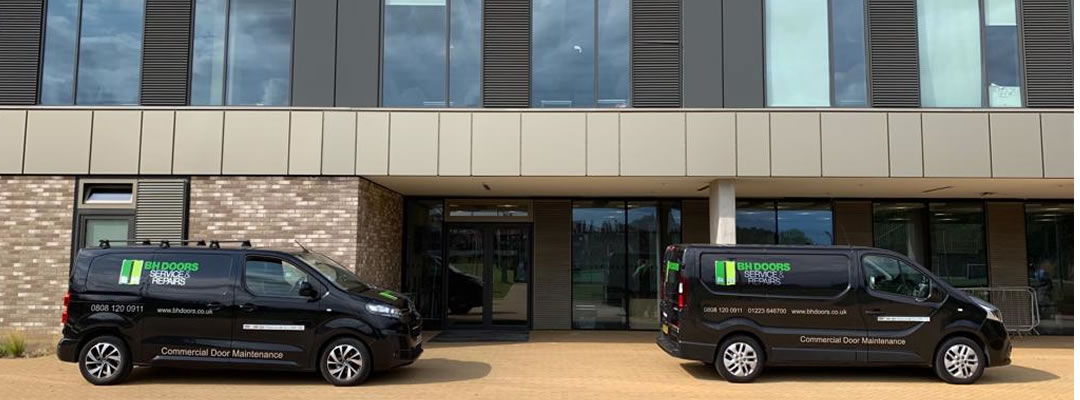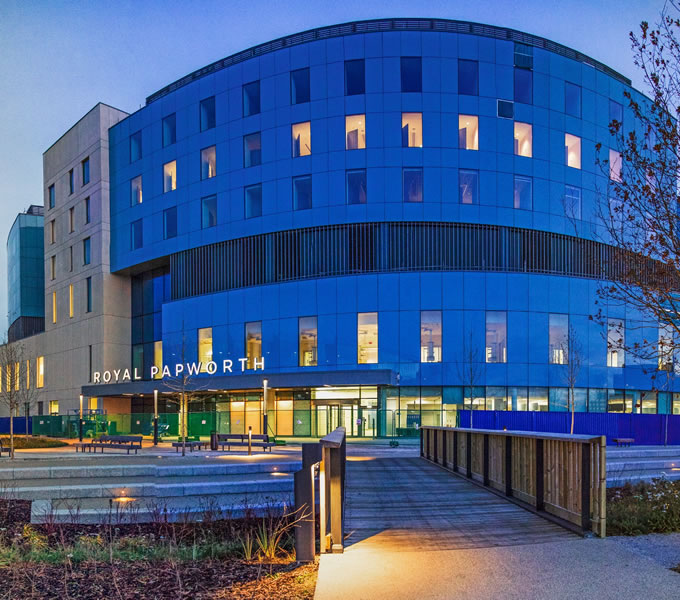
Are you compliant?
Commercial doors are not the type of product you can simply “fit and forget”.
Routine maintenance of doors and door sets in commercial buildings is essential and part of formal legislation for health and safety. Depending on the type of door there are differing maintenance and safety checks that need to be carried out relevant to aluminium commercial doors, automatic doors and fire exits.
Door Maintenance
There are many responsibilities imposed on building owners relating to doors whether they are manual, automatic or fire escapes.
We often take our doors for granted. It is common in public buildings or the workplace, to find ourselves putting up with doors that are simply not functioning correctly. Whether a door is slamming, sticking, failing to shut fully, failing to lock or other seemingly small problem might seem acceptable.
Most door issues can be avoided with simple routine maintenance. Virtually all hardware supplied with commercial doors have maintenance instructions supplied, whether this is for the door closer or for the lock.
The correct maintenance on manual entry and exit doors will provide solutions to small problems, but when these small problems affect doors designed to perform correctly in the event of an emergency, the consequences could be more severe.
The critical component on a manual door will invariably be the door closer and the way the door is hinged – whether this is on a concealed overhead door closer with threshold pivot or a face fixed closer and hinges.
A door closer must have an opening below 30N between 0 degrees and 15 degrees as required by BS8300 and current Building Regulations.
In high traffic buildings, simple routine maintenance of the door closing mechanism will probably ensure the entire door functions correctly, meet the fire exit requirements and make their overall use easier.
Additionally, failure to maintain door closers correctly can adversely affect the closing forces stated above and hinder the ability of users.
Automatic Doors
BS EN 16005 / BS7036-0 are the current standards applicable to automatic door sets and also requires servicing as well as carrying out the necessary risk assessments at least once a year.
All that needs to be done is to ensure that they are maintained in accordance with the instructions set by the manufacturer of the automatic power operator.
Most automatic door manufacturers specify annual service intervals but that will depend upon the type of building and the level of traffic.
Higher traffic automatic doors such as those used in hospitals, supermarket, airports and similar may require more frequent maintenance.


Fire Escapes
It is critical that these doorsets are always kept in optimum condition as generally fire exit doors are rarely or never used to enter or exit a building and are there only in the event of an emergency.
BS8300 and BS8214 states that manual fire exit doors should be examined twice a year with specific attention paid to panic bars, paddle handles, hinges, pivots and door closing mechanisms.
The above legislation covers the maintenance of fire exit doors but what you may not know is that each component of a fire exit door is also covered by its own standard. Closers and panic bars both have their own separate sets of British Standards BSEN1125 and 1154 that much be adhered to. Panic hardware of any sort should be inspected monthly and serviced twice a year to ensure their correct function and operation.
For further information regarding the standards please view BSI Group.
Fire Doors
Fire Doors are a critical passive safety feature of any building in which people work or visit. Their primary function within a building is to maintain the fire separation of compartment walls, limiting the spread of flame and smoke, therefore protecting exit routes and allowing enough time for occupants to evacuate to a place of safety.
Fire doors are often the weakest link in the passive fire protection strategy. If a fire door cannot fully close to retain the integrity of a fire compartment or is damaged, the adjacent fire compartment may become breached during a fire earlier than design intent.
It is critical that all fire doors are installed correctly and that regular checks are made within a suitable maintenance regime.
Fire doors protect lives and protect the remainder of the building or other buildings in the event of a fire.

Emergency Repairs
- Fixed Call Out Fee
- Local Qualified Engineers
- Fast Response
- All Manufacturers Covered
- Common Spare Parts In Stock
Service & Maintenance
- Scheduled Service Visit
- Building Compliance
- Safety Risk Assessments
- Reduced Rates for Contract Customers
SPECIFICATION
REPAIR
SERVICE
DOCUMENTATION
RISK ASSESSMENT
PRICE

